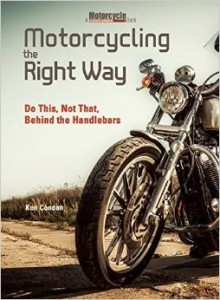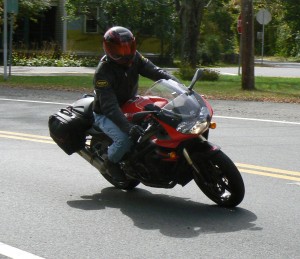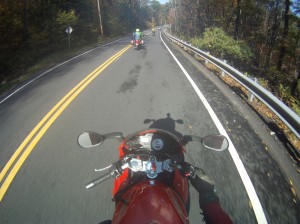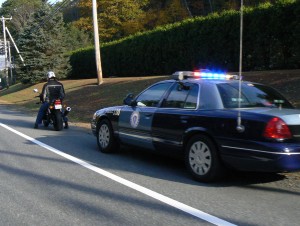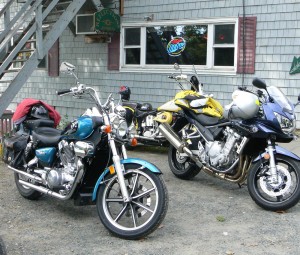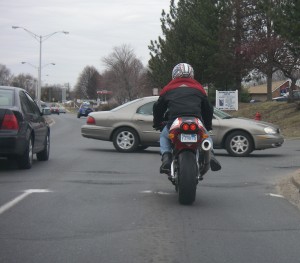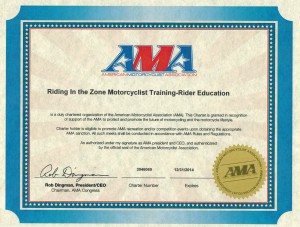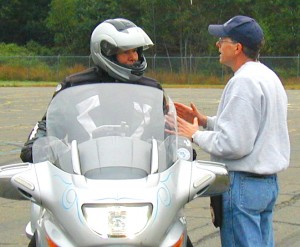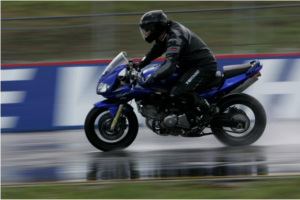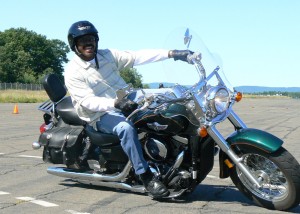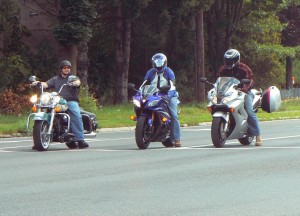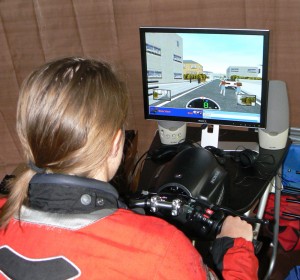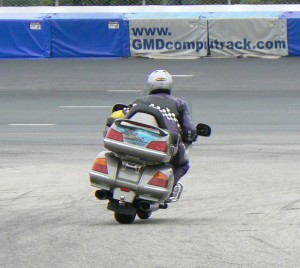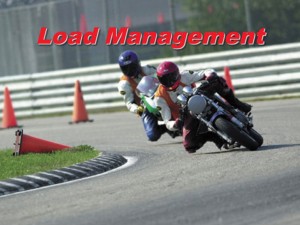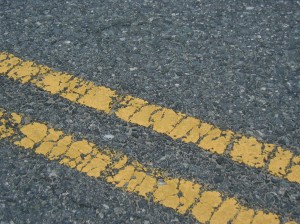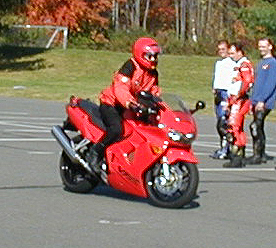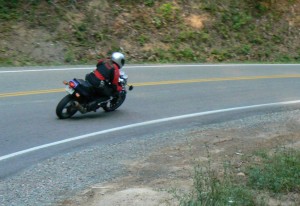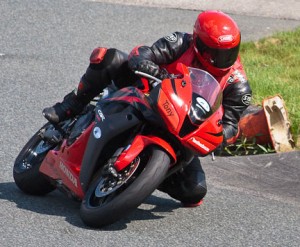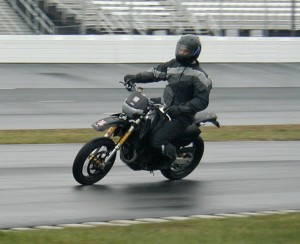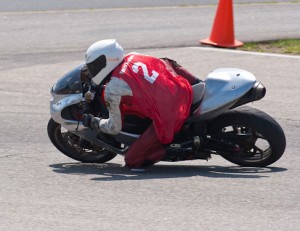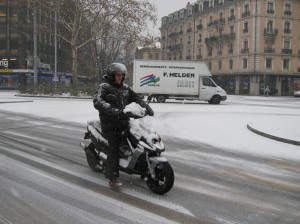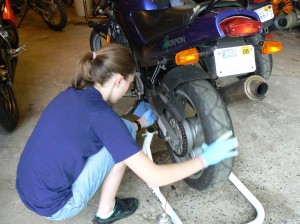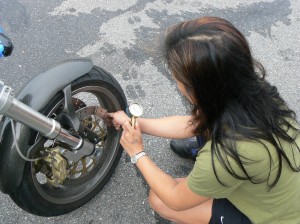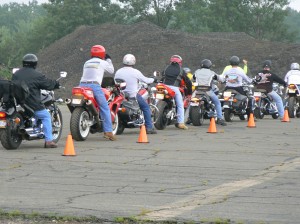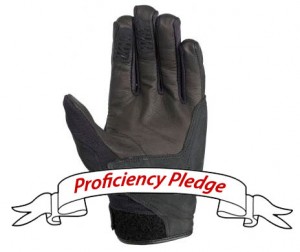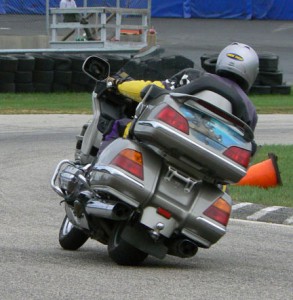
It’s hard to imagine that so many so called “experienced” riders either fail to understand the importance of countersteering or fail to recognize that countersteering is how motorcycle really turns.
Let’s Get This Straight
A motorcycle turns by leaning. Once the bike is banked over, the geometry of the chassis, as well as the rounded profile of the tires and hard-to-describe forces cause the machine to arc around the curve. So, to turn a bike you must get the motorcycle to go from upright to leaned…precisely and efficiently.
I Don’t Need No Stinking Countersteering
A lot of riders believe that they are able to maneuver their motorcycle by simply leaning their body or by looking into the turn. While these are helpful techniques for assisting the bike to turn, they alone cannot effectively cause a 500+ pound machine to change direction.
“Yeah, but I can turn my bike without countersteering.” Um, not really. Sure, you can cause the bike to drift into a turn, but that’s not what can be called “turning”. Also, consider that most people who don’t think they are countersteering really are, they just don’t know it. Pay close attention the next time you are making any sort of turn and notice how you put a slight amount of pressure on the inside handlebar.
What Really Happens
In case you don’t already know, THE most effective way to get a motorcycle to go from upright to leaned is to introduce handlebar inputs. By pressing forward (and to a lesser degree, down) on the handlebar on the side that you want to turn, you essentially unbalance the bike so that it “falls” into a lean. Press on the right handlebar to initiate a lean to the right and press on the left handlebar to turn left. Got it?
You can enhance this effect by also simultaneously pulling on the other handlebar. This is how racers achieve quick changes in direction in chicanes on the racetrack.
Once the bike is leaned, then the front tire will steer slightly into the direction of the turn. You must relax your arms to let this natural balancing effect occur otherwise it will feel as if the motorcycle is not able to maintain the cornering path. Press, and then relax.
Why You NEED to Know How to Countersteer
Countersteering is used whenever you need to change direction. This applies to basic cornering maneuvers, as well as evasive maneuvers, such as swerving. It’s also important to be able to countersteer with authority when a corner suddenly tightens more than you expected, or when you approach a tight corner at a too-fast speed.
Not being able to get your motorcycle turned quickly will eventually result in an off-road excursion or collision with an oncoming car or a guardrail. Seriously!
Prove It To Yourself
If this makes no sense to you, then it’s time to practice. Take a look at the video clip below from the RITZ DVD for more information on countersteering and to see some drills that will help you master countersteering.
Read this article that Ken wrote for Motorcyclist Magazine about countersteering.
Listen to the Countersteering PODCAST
Add to the list in the comment section below.
Please Donate to Keep the Articles Coming
If you liked this article and the many other articles on this site, please toss a buck or five into the hat. It’s greatly appreciated!
- Click the PayPal “Pay Now” button.
- Then indicate quantity in $2.00 increments. – Example: put “2” in “QUANTITY” field to donate $4.00, “3” for a $6.00 donation, etc.
Why $2.00? Due to the PayPal fee structure, a $2.00 donation is significantly more beneficial compared to a $1.00 donation.
Thank You!
Buy Ken’s new book, “Motorcycling the Right Way”.
Read about strategies and techniques that increase safety, confidence and enjoyment.
